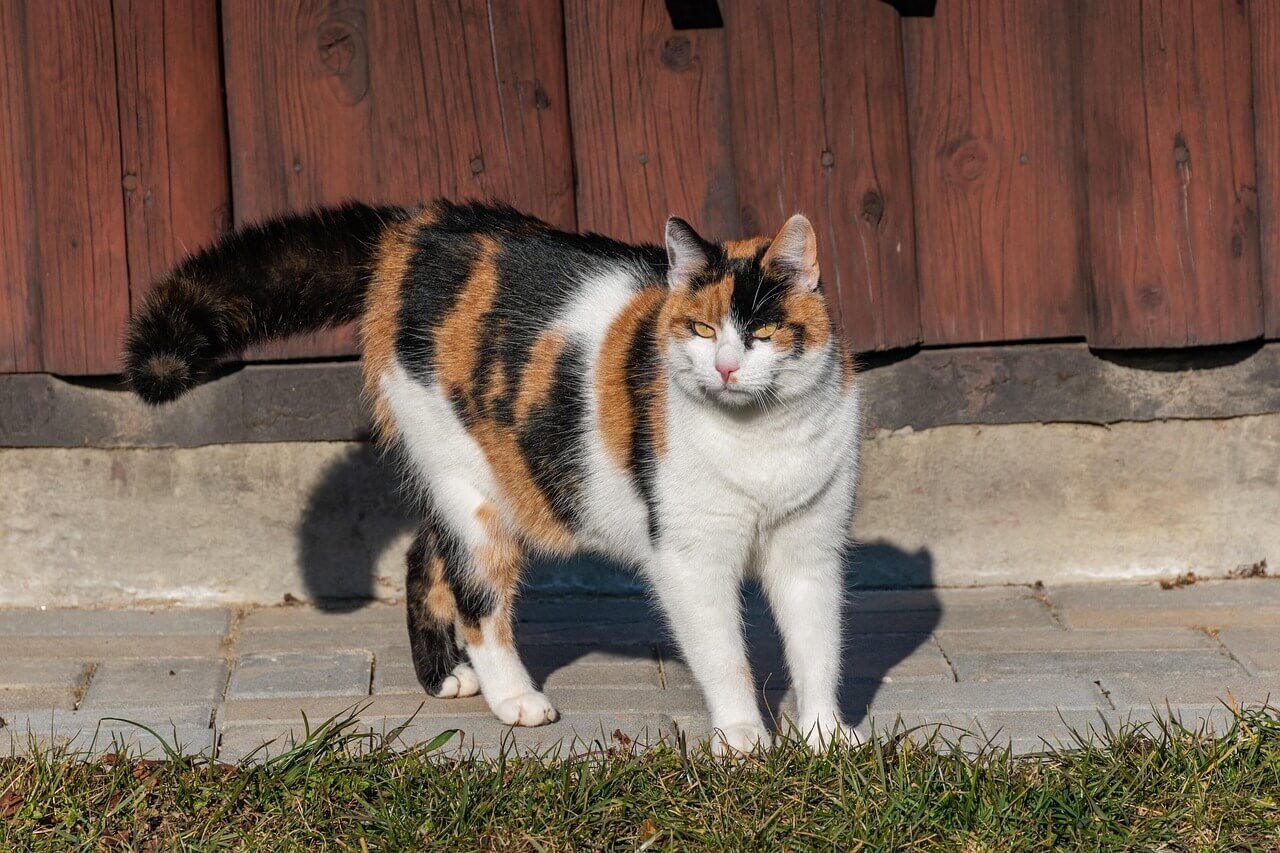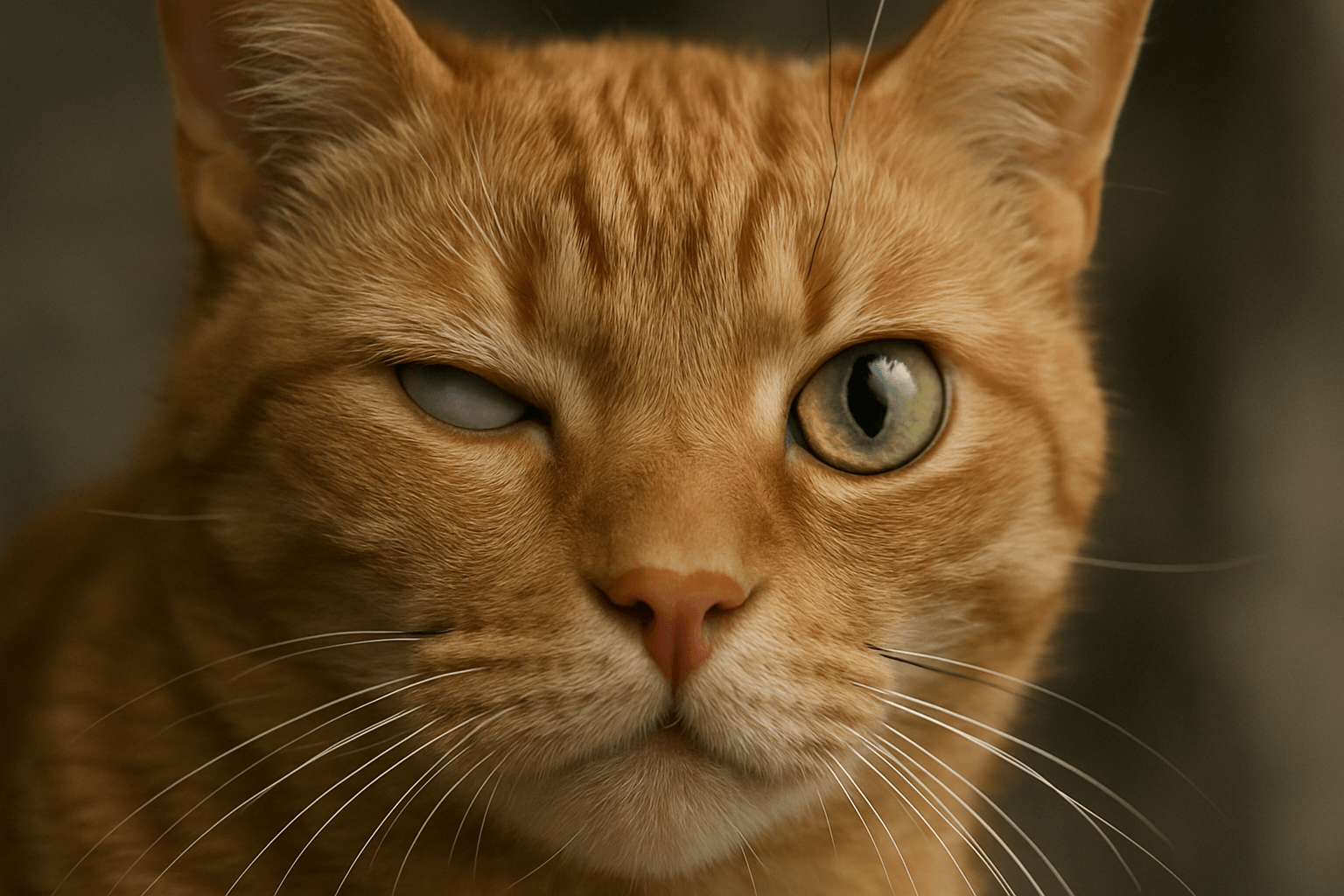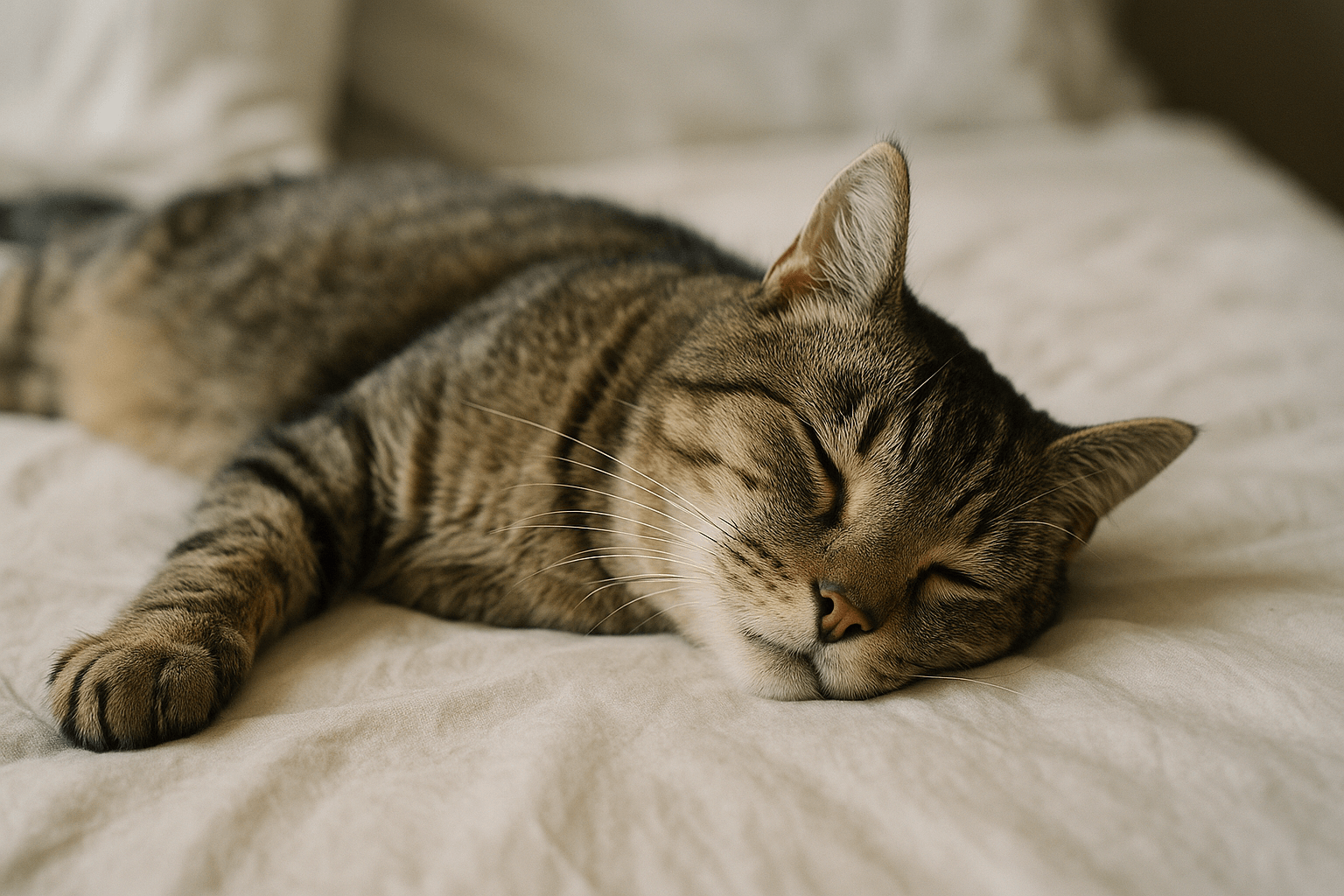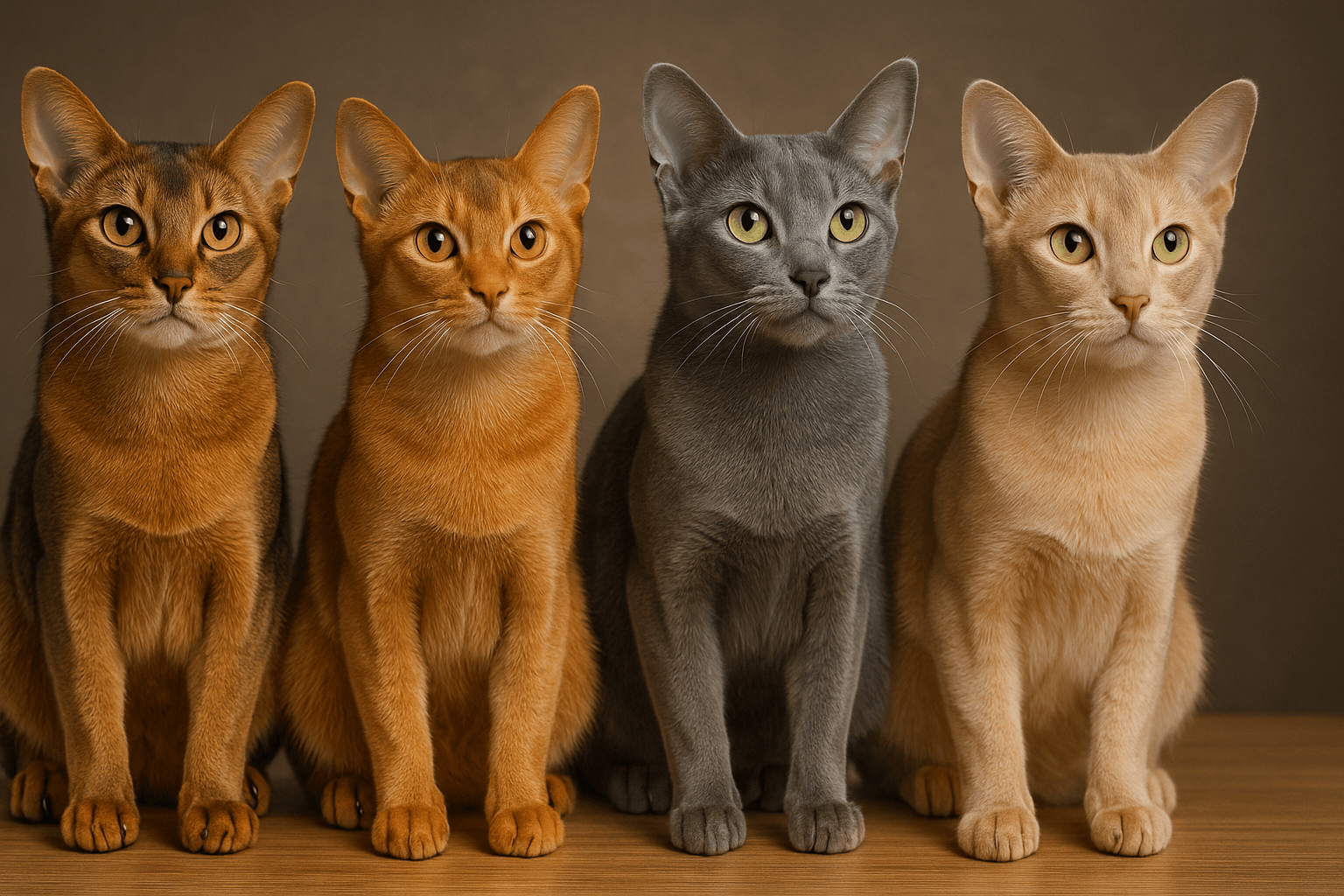Cat Vision vs Human Vision: Exploring the Differences
Cats and humans share a deep bond, but when it comes to vision, our perspectives couldn’t be more different. While we rely on sharp, colorful visuals to navigate the world, cats have evolved with unique adaptations that make them masters of low-light hunting and motion detection. Understanding how cat vision differs from human vision not only sheds light on their behavior but also helps us appreciate their incredible abilities.
In this blog post, we’ll dive into the fascinating world of cat vision, comparing it to human vision and uncovering the science behind their remarkable eyesight. Whether you’re a curious pet owner or simply fascinated by feline biology, this guide will provide valuable insights into how cats see the world around them.
How Cat Vision Differs from Human Vision
Cat vision is specially adapted to their nocturnal and predatory nature. While humans excel in daylight and detail recognition, cats thrive in low-light conditions and motion tracking. Here’s a breakdown of the key differences:
Field of View
Cats have a wider field of view (about 200 degrees) compared to humans (180 degrees), allowing them to spot movement from the corners of their eyes.Night Vision
Cats can see six to eight times better in low light due to a higher number of rod cells in their retinas, which detect motion and light.Color Perception
While humans see a full spectrum of colors, cats have limited color vision, perceiving mostly blues and greens but struggling with reds and pinks.Depth Perception
Cats have binocular vision, which helps them judge distances accurately, but their depth perception isn’t as refined as humans’.Focus and Clarity
Humans have sharper vision for fine details, while cats’ vision is blurrier up close but excels at detecting movement from afar.
These differences highlight how cats’ vision has evolved to suit their environment and lifestyle. Their unique visual abilities make them exceptional hunters, even in challenging conditions.
The Science Behind Cat Vision
The anatomy of a cat’s eye plays a crucial role in shaping their visual capabilities. Understanding the biological mechanisms behind their vision provides insight into why cats see the world differently. Here are some key aspects of cat vision science:
Tapetum Lucidum
This reflective layer behind the retina enhances night vision by bouncing light back through the retina, giving photoreceptor cells a second chance to detect it.Rod Cells Dominance
Cats have a much higher concentration of rod cells than humans, which are responsible for detecting motion and low-light conditions.Fewer Cone Cells
The lower number of cone cells in cats’ eyes limits their ability to perceive a wide range of colors, unlike humans who have three types of cones.Elliptical Pupils
Cats’ vertically slit pupils can dilate widely to let in more light, aiding their night vision and depth perception.Nictitating Membrane
This third eyelid protects and moistens the eye, ensuring clear vision even in harsh environments.
The combination of these features equips cats with extraordinary visual skills tailored to their survival needs. Their eyes truly are a marvel of evolution.
Check this guide 👉Understanding Cat Eye Mucus: Best 7 Health Tips!
Check this guide 👉Cat Eye Discharge Green: Best 7 Health Tips!
Check this guide 👉Cat Eye Drops for Conjunctivitis: Best 7 Expert Tips!
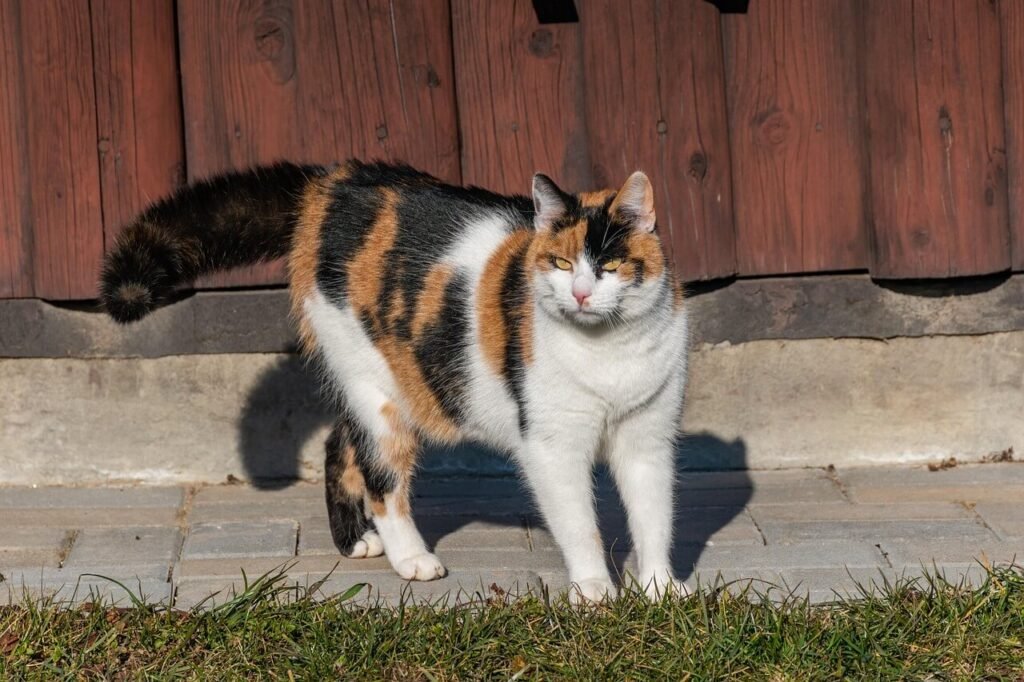
Aspect of Vision | Cat Vision vs Human Vision |
|---|---|
Field of View | Cats: 200°; Humans: 180° |
Night Vision | Cats see 6-8x better in low light |
Color Perception | Cats see blues/greens; humans see full spectrum |
Depth Perception | Cats focus well on moving objects |
Focus/Clarity | Humans see finer details; cats detect motion |
Advantages of Cat Vision Over Human Vision
While human vision excels in certain areas, cats have several advantages that make their vision uniquely suited to their lifestyle. Here’s what makes cat vision stand out:
Superior Low-Light Adaptation
Cats can hunt effectively in near-total darkness thanks to their highly sensitive rod cells and tapetum lucidum.Enhanced Motion Detection
Their eyes are finely tuned to pick up even the slightest movements, making them excellent predators.Wider Peripheral Awareness
The extended field of view allows cats to monitor their surroundings without turning their heads.Quick Adjustment to Light Changes
Cats’ elliptical pupils can rapidly adjust to sudden changes in lighting, protecting their eyes and maintaining visibility.Built-In Eye Protection
The nictitating membrane shields their eyes from debris and keeps them hydrated during active pursuits.
These advantages showcase how cats’ vision has evolved to support their natural instincts. Their eyes are perfectly designed for survival in the wild.
Limitations of Cat Vision Compared to Human Vision
Despite their impressive abilities, cat vision does have its limitations compared to human vision. Recognizing these differences helps us understand both species better. Here’s where cats fall short:
Poor Close-Up Vision
Cats struggle to focus on objects closer than a foot away, relying more on their whiskers and sense of smell for nearby exploration.Limited Color Range
Their inability to perceive reds and pinks means their world lacks the vibrancy humans experience.Less Sharpness
Cats’ visual acuity is significantly lower than humans’, resulting in blurry images when viewing static objects.Reduced Daytime Sensitivity
In bright daylight, cats’ vision becomes less effective due to their reliance on low-light adaptations.Difficulty Seeing Stationary Objects
Cats rely heavily on motion to detect objects, so stationary items may go unnoticed until they move.
These limitations remind us that no single type of vision is “better”—each is suited to its purpose. For cats, their vision serves their role as skilled hunters and survivors.
Fun Facts About Cat Vision
Cats’ vision is full of fascinating quirks that make them even more intriguing. Here are some fun facts about their unique eyesight:
Eyes That Glow in the Dark
The reflective tapetum lucidum not only improves night vision but also gives cats’ eyes their iconic glow when light hits them.Vertical Pupils for Precision
Their slit-shaped pupils help them calculate distances and speeds accurately, making them excellent hunters.A Third Eyelid for Protection
The nictitating membrane acts as a built-in windshield wiper, keeping their eyes clean and moist without obstructing vision.Limited Blinking Compared to Humans
Cats blink less frequently than humans, allowing them to stay alert and monitor their surroundings continuously.Vision Linked to Behavior
Cats’ preference for moving objects explains why they love chasing toys or laser pointers—it’s an instinct driven by their visual strengths.
These facts highlight the incredible adaptability of cat vision. Their eyes are not just tools for seeing—they’re vital components of their survival and behavior.
How Cat Vision Influences Their Daily Life
Cat vision shapes nearly every aspect of their daily activities, from hunting to playing. Understanding these influences can deepen your appreciation for their behavior. Here’s how their vision impacts their routines:
Nocturnal Activity Patterns
Cats’ superior night vision allows them to be most active during dawn and dusk, aligning with their natural hunting instincts.Preference for Movement-Based Play
Toys that mimic prey, like feathers or strings, appeal to their heightened motion detection abilities.Territorial Awareness
Their wide field of view helps them monitor their territory effectively, spotting potential threats or intruders quickly.Reliance on Other Senses Up Close
Since their close-up vision is poor, cats rely heavily on their whiskers and sense of smell for tasks like eating or grooming.Adaptation to Urban Environments
Even indoors, cats use their visual skills to track moving objects, whether it’s a bug on the wall or a toy rolling across the floor.
By recognizing how vision influences their actions, we can create environments that cater to their natural tendencies, enriching their lives and ours.
Tips for Enhancing Your Cat’s Visual Experience
As a cat owner, you can take steps to support and enhance your cat’s visual experience. These tips will help you create a stimulating environment tailored to their unique vision:
Provide Moving Toys
Interactive toys like wand teasers or motorized mice engage their motion-detection skills and keep them entertained.Use Low-Light Play Areas
Dimly lit spaces allow your cat to utilize their night vision, mimicking their natural hunting conditions.Avoid Sudden Bright Lights
Gradual transitions between light and dark prevent discomfort and protect their sensitive eyes.Create Vertical Spaces
High perches or shelves give them vantage points to survey their surroundings using their wide field of view.Minimize Clutter
Clear pathways and open spaces let them spot movement easily, satisfying their instinctive need for visual stimulation.
By incorporating these ideas into your home, you can ensure your cat enjoys a rich and engaging environment that complements their extraordinary vision. After all, happy cats make happy homes!
Frequently Asked Questions About Cat Vision vs Human Vision
Can cats see in complete darkness?
No, cats cannot see in total darkness, but they require far less light than humans to navigate effectively.
Do cats see colors like humans?
Cats see fewer colors and primarily perceive shades of blue and green, lacking the ability to distinguish reds and pinks.
Why do cats’ eyes glow at night?
The glow is caused by the tapetum lucidum, a reflective layer that enhances their night vision.
Are cats nearsighted or farsighted?
Cats are slightly farsighted, meaning they see distant moving objects more clearly than close-up static ones.
Do cats dream in color?
While we don’t know exactly what cats dream about, their dreams likely reflect their limited color vision and focus on movement-based experiences.
Appreciating the Wonders of Cat Vision
Understanding the differences between cat vision and human vision offers a deeper appreciation for our feline companions. From their superior night vision to their unparalleled motion detection, cats’ eyes are a testament to millions of years of evolution. While their vision may lack some of the sharpness and color richness of ours, it is perfectly adapted to their needs as hunters and survivors. By recognizing these distinctions, we can better care for and connect with our cats, celebrating the unique ways they experience the world. So next time your cat gazes intently at something in the shadows, take a moment to marvel at the incredible biology behind their gaze—it’s truly a sight to behold!
Why Is My Cats Second Eyelid Showing? Best 7 Expert Tips! Understand causes, health signs, and how to respond when your cat’s third eyelid becomes visible.
How Do I Know If My Cat Died Peacefully? Best 7 Expert Tips! Discover the quiet signs of a peaceful feline passing and find comfort in their final moments.
Cat Allergy Eyes: Best 7 Expert Tips! Discover why your eyes react to cats and learn proven strategies for relief—without giving up your feline friend.
Why Do Abyssinian Cat Colors Matter? Best 7 Expert Tips! Discover the genetics, rare hues, and care secrets behind Abyssinian coat colors for a healthier, happier cat.

